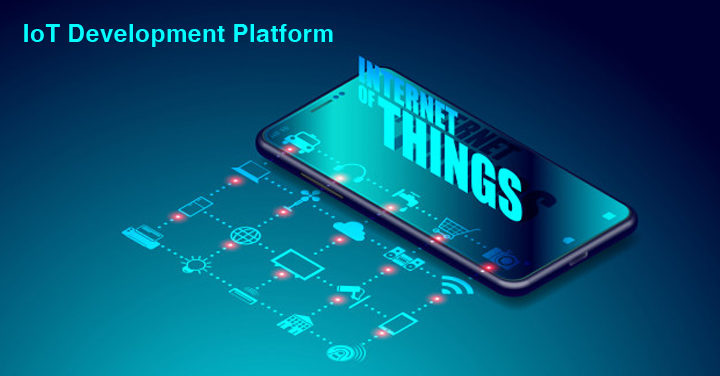IoT is making devices smarter and our life better. It has huge potential for telecom companies that are looking to increase their revenue in the near future. However, venturing into the IoT domain has its own fair share of challenges.
First of all, it requires operators to come out of their comfort zone and operate in different verticals. Also, the amount of data that needs to be accounted for in an IoT business use case is unparalleled. Despite all the challenges, IoT development platform is still a lucrative venture that needs to be looked at with great optimism.
Challenges in Implementing IoT Development Platform
- OTA firmware upgrades – As there can be multiple IoT sensors and devices owned by a single user, upgrading over a hardwired connection seems cumbersome and impractical. OTA firmware upgrades are a necessity for smooth operation of an IoT platform.
- Different type of connectivity requirements – An IoT business use case requires you to have access to a variety of IoT connectivity types. While fast speed and low-latency connection works best in real-time services like Telematics, there is a need for low-powered and low-bandwidth data connectivity like LoRA/Sigfox for addressing the requirements of scenarios where rapid sensor discharge can be an issue.
- IoT connectivity monetization – In this day and age, subscribers seek complete transparency in the billing process. They are well-aware of all types of services and their pricing. They won’t pay a penny extra for using a particular service. Therefore, it becomes extremely important to monetize highly complex IoT connectivity billing in such a way that customers are charged only for what they have consumed.
Cloud-Based IoT Services: Why IoT Development Platform Is so Important?
A cloud-based billing platform like SecureIoTServices has the answer to all the questions posed by IoT. Below are some of its important features that are essential for successful IoT services launch:
- Convergent and real-time billing: By employing a centralized charging architecture, it becomes easier to bill all service usage effectively. An online charging system (OCS) that is based on the cloud offers true real-time convergent billing and ensures that customer receives the bill for exact amount of service/data that he has utilized.
- Multi-tenancy: A multi-tenant platform allows multiple users to access the same cloud-based resource with different user credentials. Using this platform, it becomes easier to disseminate necessary updates across the subscriber base. As SecureIoTServices has a multi-tenant environment, the task of distributing widespread updates (like OTA firmware) becomes simpler.
- Access to capabilities across different verticals: A cloud-based platform like SecureIoTServices can offer a variety of functionalities to users across different verticals. It provides access to readymade vendor partnerships for addressing different needs via APIs. For example, an API can be used to partner with a shipping vendor for distributing SIMs to your subscriber base. The same way it can be used to access different types of connectivity solutions.
Conclusion
As a cloud-based environment readily addresses all the challenges of an IoT business use case, it should be the go-to platform for your IoT development and delivery venture. Not only is it flexible and offers a variety of functionalities, it also safeguards your customers’ data with redundancy by storing it at multiple datacenters. SecureIoTServices is an exceptional cloud-based platform that has the experience of delivering many successful telecom projects in the past and has the right resources to meet the IoT challenge.

